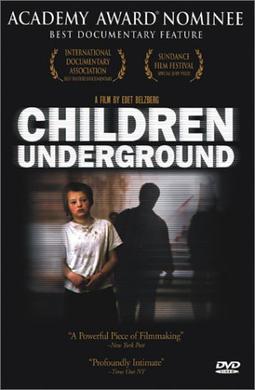Ecocinema and the City seeks to add to urban ecocinema
scholarship by exploring four sections arranged to highlight the increasing
importance nature performs in the city: Evolutionary Myths Under the City,
Urban Eco-Trauma, Urban Nature and Interdependence, and The Sustainable
City. The first two sections,
“Evolutionary Myths Under the City” and “Urban Eco-Trauma,” take more
traditional ecocinema approaches and emphasize the city as a dangerous
constructed space.
Part I,
“Evolutionary Myths Under the City” examines evolutionary narratives of
environmental adaptation in both film noir and documentaries focused on urban
sewers and subways. The films explored in our first section, “Evolutionary
Myths Under the City,” call into question the idea of the city as natural and
unaffected by human intervention and illustrate how social and environmental
injustices sometimes intertwine. The notion of displacement from the New
Objectivity art movement of the 1920s helps elucidate this de-naturalizing of
the city. As Daniela Fabricius explains, “Displacement can be a way of
understanding not only the abyss between a landscape and how it is represented
but also the erosion of the seemingly fixed binaries that separate natural and
manmade environments” (175). “Evolutionary Myths Under the City” explores these
fluid binaries as it focuses on tragic and comic evolutionary narratives. The
films explored in this section ask evolutionary questions about who we are,
where we’re going, and which story of ourselves we choose to construct: a
tragic or comic evolutionary narrative.
Chapter 1, “The
City, The Sewers, The Underground: Reconstructing Urban Space in Film Noir”
examines the idea of the city as a social and cultural construct through a reading
of He Walked by Night (1948). The
film highlights how and why not genetics but social, cultural and historical
forces construct “gangsters.” But what sets the film apart from other noir
films is the attention it gives to the urban infrastructure hidden below its
progressive construction. By foregrounding sewers as constructions, escape
routes, and seemingly safe havens for noir characters, the film demystifies what seem like “givens” and
calls into question the idea of the city as natural.
Chapter 2, “Documenting
Environmental Adaptation Under the City: Children
Underground (2001)” explores underground constructions from the perspective
of homeless children in Children
Underground (2001). On the surface the children in Children Underground have entered an underground that serves as the
site of technological progress where excavation produces not only the means of
production—coal and oil, for example—but also the foundation for the urban
infrastructure—sewage and water systems, railways, gas, and lines for
electricity, computers, and phones. They have entered a technology-driven
underworld and reconstructed, domesticated, and humanized it as a home, an
ecology in which they can move beyond survival toward interdependence. Yet
because their plight and the home they inhabit are built on both nature and former
dictator Ceausescu’s cultural attitudes, these homeless children also
illustrate how social and environmental injustices sometimes intertwine.





No comments:
Post a Comment